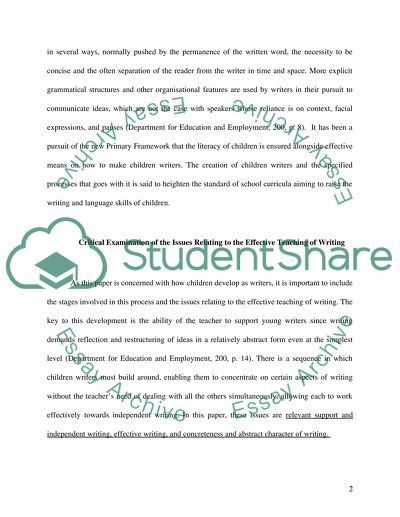Cite this document
(“Children as Writers: Issues Relating to Effective Teaching of Writing Essay”, n.d.)
Children as Writers: Issues Relating to Effective Teaching of Writing Essay. Retrieved from https://studentshare.org/education/1551101-children-as-writers-issues-relating-to-effective-teaching-of-writing
Children as Writers: Issues Relating to Effective Teaching of Writing Essay. Retrieved from https://studentshare.org/education/1551101-children-as-writers-issues-relating-to-effective-teaching-of-writing
(Children As Writers: Issues Relating to Effective Teaching of Writing Essay)
Children As Writers: Issues Relating to Effective Teaching of Writing Essay. https://studentshare.org/education/1551101-children-as-writers-issues-relating-to-effective-teaching-of-writing.
Children As Writers: Issues Relating to Effective Teaching of Writing Essay. https://studentshare.org/education/1551101-children-as-writers-issues-relating-to-effective-teaching-of-writing.
“Children As Writers: Issues Relating to Effective Teaching of Writing Essay”, n.d. https://studentshare.org/education/1551101-children-as-writers-issues-relating-to-effective-teaching-of-writing.


